
Photo: Wikimedia Commons
The body of a Double Delta Blended Wing Body aircraft is flattened and fashioned like an aerofoil, producing most of the lift while the wings provide balance. When the wing and fuselage are combined, the aircraft has a BWB design, which essentially creates a big flying wing. The lift-to-drag ratio on blended wing bodies is 50% higher than on conventional aircraft.
The Double Delta Blended Wing Body strategy’s benefits include effective high-lift wings and a broad aerofoil-shaped body. These make it possible for the entire ship to contribute to lift generation, potentially increasing fuel efficiency and range. They are a potential aircraft idea with numerous significant advantages over traditional tube and wing (TAW) aircraft, including improved aerodynamic efficiency, lower fuel burn and emissions, noise, and cost.
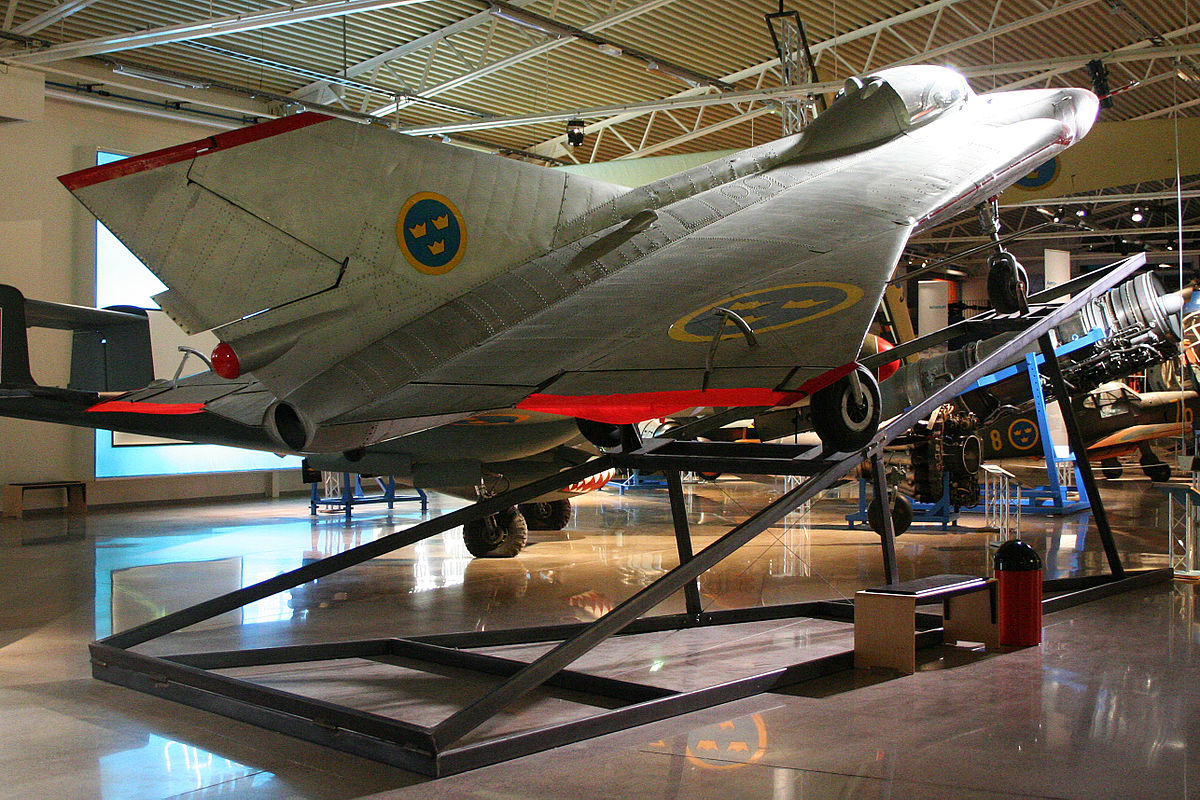
Photo: Alan Wilson | Wikimedia Commons
Saab 39 (Double Delta Blended wing body Aircraft)
In these types of aircraft design, the world comes with great innovative ideas, and their performance prediction can only be achieved through proper computational fluid dynamics analysis.
The development of electric and hybrid aircraft has gained a lot of traction as they promise to minimize emissions and reliance on fossil fuels. Electric propulsion systems are powering smaller aircraft, while bigger aircraft are being propelled by hybrid systems that combine conventional and electric propulsion.

Photo: NASA | Wikimedia Commons
Supersonic and Hypersonic Flight
Research and development are being done to create supersonic and hypersonic aircraft that can fly faster than the speed of sound. These aircraft could dramatically shorten long-haul flying times.
Urban Air Mobility (UAM) is the idea that electric vertical take-off and landing (eVTOL) aircraft should be developed for short-distance urban transportation. Many businesses are investing in developing eVTOL aircraft and are also looking for ways to provide air taxi services in the future.
Lightweight Materials and Structures
Aviation designers are investigating cutting-edge lightweight materials, including composites and carbon fiber, to reduce aircraft weight and increase fuel efficiency. In comparison to conventional materials, these materials also offer greater strength-to-weight ratios.
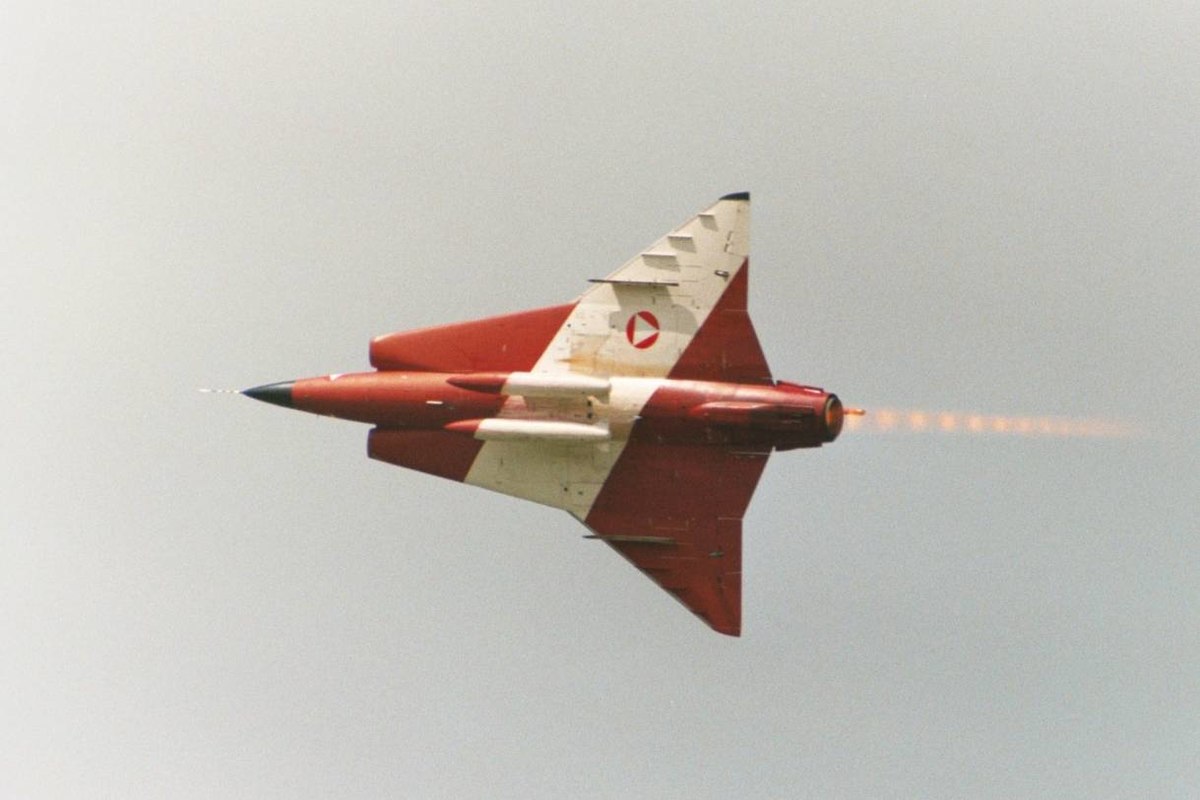
Advanced Aerodynamics
Aerodynamic design innovations seek to increase aircraft performance, efficacy, and drag reduction. Wing designs, including laminar flow wings and blended wing bodies, are being investigated to increase fuel efficiency and lower noise.
This article is going to cover the complete study of blended-wing-body aircraft construction and work associated with their objective in the future,
II Understanding Blended-Wing Body Design
Blended Wing Body Basic
The delta wing is triangular-shaped. Due to its shape resembling the Greek uppercase letter delta, it was given that name. Although extensively explored, it did not find widespread use until the Jet Age, when it was found to be appropriate for extremely fast flight. The Rogallo flexible wing proved to be a useful design for the hang glider and other lightweight aircraft at the other end of the speed spectrum. The delta wing form has distinct structural benefits and aerodynamic properties. Numerous design iterations have emerged over the years with and without additional stabilizing surfaces.
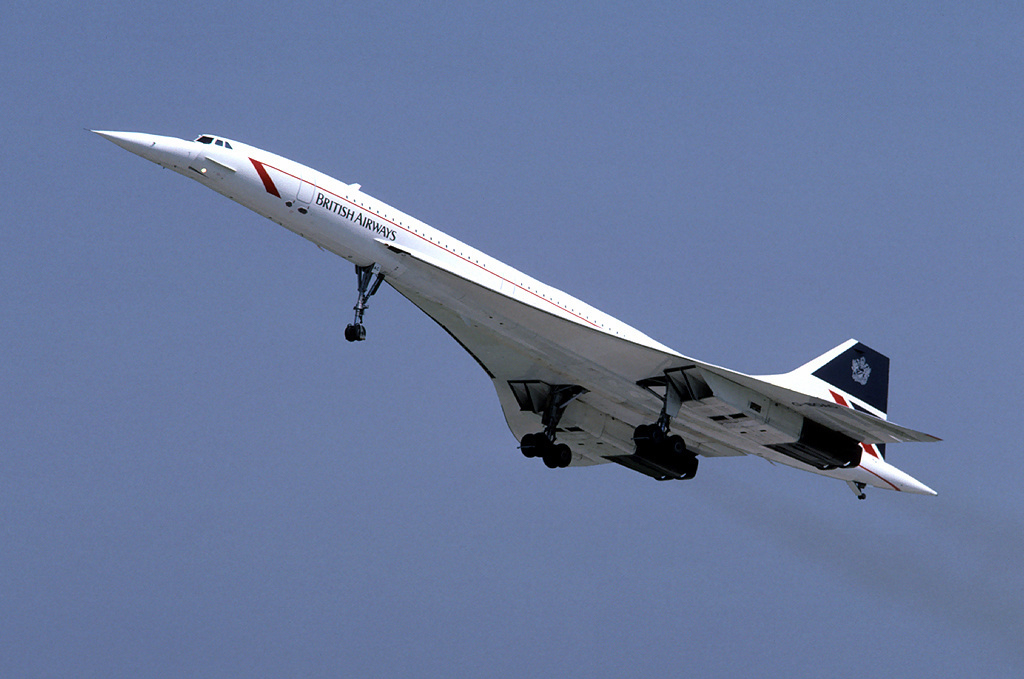
The delta wing is structurally effective due to its long root chord and little outboard construction. It can be constructed lighter, stronger, and stiffer than a sweeping wing with a comparable lifting capacity. This makes it simple and affordable to construct, which significantly contributes to the success of the MiG-21 and Mirage aircraft series. Its long root chord enables a deeper structure for a given aerofoil section, resulting in additional internal space for fuel and other storage without noticeably increasing drag. On supersonic designs, however, the chance to use a thinner aerofoil is frequently seized to reduce drag.
Structural Features
The double delta blended wing body (BWB) aircraft has a unique design featuring both a blended wing body and a double delta wing arrangement. The primary structural characteristics of a double delta blended wing body aircraft are as follows:
Blended Wing Body Shape
The BWB airplane has a broad, flattened fuselage that melds effortlessly into the wings to produce a recognizable ‘flying wing’ shape. This hybrid design increases aerodynamic effectiveness and adds lift.
The wings of a double delta BWB aircraft are configured as a double delta, which looks like two triangular wings attached together. The inner wing panels have a softer sweep than the outer wing panels, which are acutely angled. This design improves the lift and maneuverability of the aircraft.

Photo: NASA/The Boeing Company | Wikimedia Commons
Wing root Fairings
To smooth the airflow and lower drag, fairings are often used at the point where the wings meet the fuselage. These fairings facilitate a smooth transition between the fuselage and the wings.
Wingtip Devices
BWB aircraft frequently use wingtip devices, such as winglets or raked wingtips, to enhance aerodynamic efficiency. By minimizing wingtip vortices, these devices reduce induced drag and improve fuel efficiency.
Engine placement
On a double delta BWB aircraft, the engines are typically positioned on the upper surface of the rear fuselage, above the wing. This positioning improves noise attenuation for passengers inside the cabin while protecting the engines from ground debris.
Aerodynamic Advantages
Comparing the blended wing body (BWB) aircraft to conventional tube-and-wing designs reveals significant aerodynamic benefits. Some of the major aerodynamic benefits of BWB aircraft are listed below:
Increased Lift: The BWB design offers a bigger lifting surface than conventional aircraft designs. The continuous, wide wing-body configuration produces higher lift, enhancing aerodynamic effectiveness and possibly increasing cargo capacity.
Reduced Drag
By lowering the number of discrete components, such as wings and fuselage, and by minimizing the discontinuities in the airflow, the blended wing body design helps minimize drag. This aerodynamic configuration improves fuel efficiency by lowering interference drag, which is brought on by the interaction of various parts, and parasite drag, which is brought on by the shape of the aircraft.
Improved Lift-to-Drag Ratio: An improved lift-to-drag ratio (L/D ratio) results from the interaction of greater lift and decreased drag. An airplane with a higher L/D ratio will be more aerodynamically efficient and be able to travel further on the same quantity of fuel. Increased range and lower operational expenses result from this.
Enhanced Manoeuvrability
The twin delta wing configuration of the BWB aircraft provides enhanced maneuverability. The wing’s design and Reduced Drag: By lowering the number of discrete components, such as wings and fuselage, and by minimizing the discontinuities in the airflow, the blended wing body design helps minimize drag. This aerodynamic configuration improves fuel efficiency by lowering interference drag, which is brought on by the interaction of various parts, and parasite drag, which is brought on by the shape of the aircraft.
III System and Technologies
The system and technology used in the double delta blended wing body aircraft have changed a lot with the trial-and-error process.
Propulsion System
Engines, such as turbofan or turbojet engines, normally make up the propulsion system of a double delta aircraft to produce the thrust required for flight. The engines selected rely on a variety of elements, including the size of the aircraft, the mission, and fuel economy needs.
Flight Control System
DFBW (Digital Fly-by-Wire) system: In double delta BWB aircraft, the fly-by-wire system is frequently digital. In this technology, electronic connections replace conventional mechanical linkages in transmitting the pilot’s control inputs to the control surfaces. The fly-by-wire system enables sophisticated control modes and functionalities while offering precise control.
Environmental Constraints
Noise
There is a serious environmental issue with aircraft noise. The special design of the double delta BWB aircraft can help reduce noise to some extent due to the engines’ normal placement on the upper surface of the rear fuselage above the wing. This positioning improves noise attenuation for passengers inside the cabin and shields the engines from ground debris.
Air Quality and Emissions
Aircraft emissions impact air quality and climate change and contribute to air pollution. To reduce the emissions of pollutants like carbon dioxide (CO2), nitrogen oxides (NOx), and particulates, the same rules and requirements that apply to other aircraft also apply to double delta BWB aircraft.
IV Cabin Design and Passenger Experience
The double delta blended wing body (BWB) aircraft is a novel type of aircraft that combines features of a delta wing layout and a conventional blended wing body. I’m unable to give you details regarding a double delta BWB aircraft’s exact cabin design or pressure measurements, but I can give you some basic information about the cabin and the difficulties that came with designing it.
Design of the Cabin
A double delta BWB aircraft’s cabin typically has a broad, roomy interior. Compared to conventional tube-and-wing aircraft, the cabin space in a blended wing body configuration is also greater. The wide fuselage design allows for a more adaptable seating layout, increasing passenger capacity or allowing for alternate cabin configurations like lounge sections or modular cabins. Whether the aircraft is being used for commercial, military, or other purposes will determine the specific design.
Pressure measurement is essential for preserving a cozy and secure atmosphere for both passengers and crew members within an airplane. However, depending on the design of the aircraft, its intended operating altitude, and other factors, the precise pressure measurements for a double delta BWB aircraft.
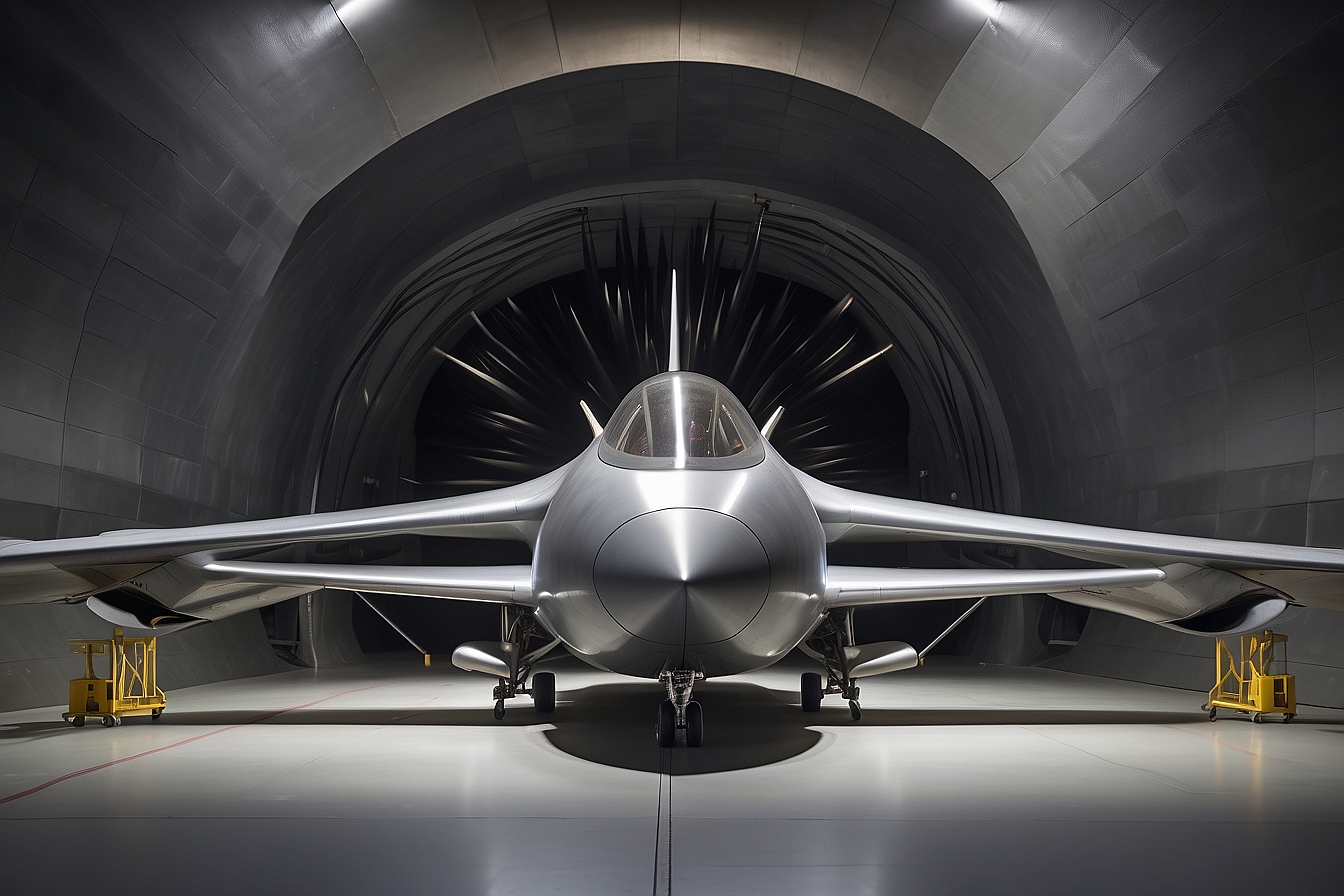
Testing and Future Implications
The development and potential effects of the double delta blended wing body (BWB) aircraft could greatly impact the aviation sector. Here are several testing-related elements and probable long-term implications.
TESTING
Wind Tunnel Testing
Wind tunnel testing is frequently carried out before the physical creation of a full-scale prototype. It aids in evaluating the aerodynamic capability, stability, and control attributes of the aircraft design. This enables designers and engineers to improve the double delta BWB aircraft’s form and components.
Computational Fluid Dynamics (CFD) Analysis
CFD simulations are frequently used to analyze the airflow patterns, lift-to-drag ratios, and other aerodynamic features of the aircraft design. CFD aids in design optimization and performance forecasting for the aircraft under various flight scenarios.
Scale Model Testing
Scale model testing is carried out to confirm the design’s aerodynamic properties and behaviour. These evaluations help determine the aircraft’s flight characteristics and guarantee its controllability and stability.
Flight Testing
Flight testing is done to assess the performance, handling, and system integration of a full-scale prototype after it has been built. In-depth analyses of the flying envelope, stability, control response, and structural integrity are performed during flight tests.
FUTURE CONSEQUENCES
Increased Fuel Efficiency
When compared to traditional tube-and-wing designs, the double delta BWB aircraft design has the potential to offer increased fuel efficiency. Reduced drag and more effective lift generation are made possible by the blended wing body structure, which also lowers operating costs and reduces fuel consumption.
Improved Passenger Experience
Passengers may have a more relaxing and delightful trip thanks to the double delta BWB aircraft’s broad and roomy cabin design. Flexible seating arrangements, the ability for more
amenities and creative cabin designs that improve passenger comfort are all made possible by the expanded cabin room.
Environmental Benefits
The double delta BWB aircraft’s enhanced fuel efficiency can result in lower greenhouse gas emissions and support environmental sustainability in the aviation sector. It supports initiatives to lessen air travel’s carbon burden.
Military Applications
The design of the double delta BWB aircraft may impact military applications. Due to its unusual shape, it benefits from a smaller radar cross-section, a larger payload, and the possibility of stealth. It could be used for unmanned aerial vehicle (UAV) applications, reconnaissance, or military transport.
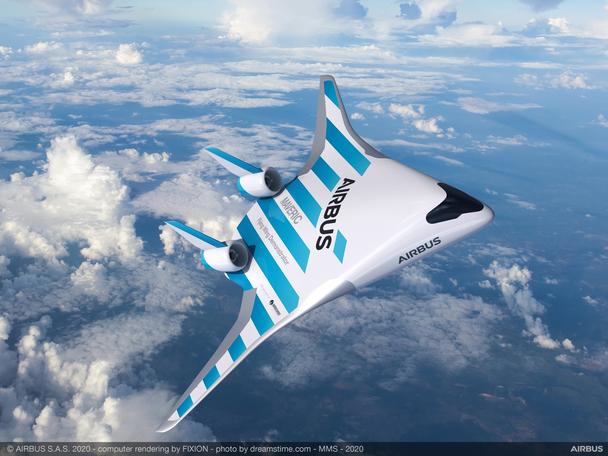
Conclusion
The double delta blended wing body (BWB) aircraft, in conclusion, is a tremendous development in aircraft design that has the potential to completely change the aviation sector. Numerous tests, including scale model testing, computational fluid dynamics research, wind tunnel studies, and flying trials, have shed important knowledge on the double delta BWB design’s aerodynamic performance, stability, and control characteristics. Through these tests, the aircraft’s shape has been optimized, increasing fuel efficiency and guaranteeing safe flying operations.
However, for successful realization and wide adoption, there must be market demand, technological breakthroughs, legal framework, and economic viability. Further study and development are needed to address issues with structural integrity, cabin pressurization, and operational factors.
The double delta BWB aircraft, which offers greater fuel efficiency, passenger comfort, and potential military applications, presents a promising approach to aviation design. However, the benefits of the ideas behind this cutting-edge aircraft can only be realized through continued study, testing, and stakeholder cooperation.
Article By: Dipak Jaiswal
